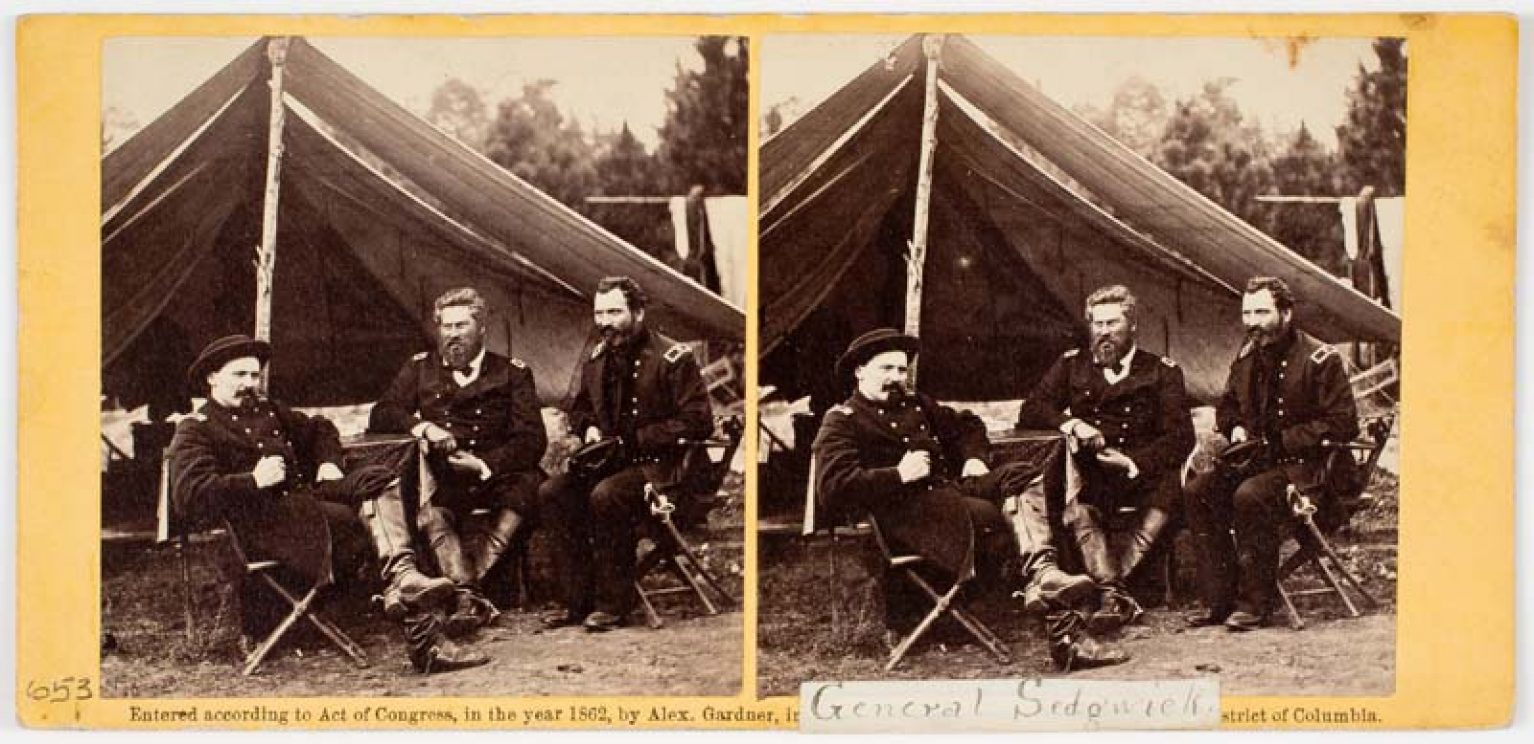In the evolution and growth of photography as a creative medium, there have been many different types of photography. Some have come and gone, and others have left a lasting impression and even helped shape modern digital trends and practises.
The Stereograph is one of the photographic techniques that altered the way we made and viewed images for years to come. The stereograph (as it’s most popularly known) is also often referred to as the stereopticon, stereogram, or stereo view – and it was one of the forms of photography that emerged shortly after the creation of the polaroid.
What made the Stereograph such an important photographic technique?
In short, the Stereograph was the first kind of 3D photograph. And yes, whilst the process was much simpler, and the output much more basic than the 3D images we enjoy today, Stereography is certainly where the journey of three-dimensional photography began. These stereographs (the term for the images created) had to be viewed using a stereoscope to get the full effect.
In fact, the Stereograph became a major educational tool in the nineteenth century, and a big form of entertainment too. They were often used to report on news and events, and even wars (they played a big role in reporting the Civil War in the USA). The Stereograph captured an environment so convincingly that for many entertainment companies, it became the medium of choice.
There are many nineteenth-century photographers who used this technique to cement their place in the photography hall of fame. Carleton Watkins, Timothy O’Sullivan, and Eadweard Muybridge are amongst those, and have their work regarded as some of the most important early three dimensional photographic experimentations.
How was a Stereograph created?
The process for creating a stereograph looked something like this:
- Two near-identical photos were placed on cardboard side by side next to each other.
- When viewed through a stereoscope, the two chosen images appeared to combine into one photograph.
- The combining of these two images gave them a 3D effect (much like the 3D glasses we wear in cinemas today).
It was completely unique and awe-inspiring for people of the time, and the popularity of stereography grew rapidly because of how authentic and amazing viewers found the effect.
Oliver Wendell Holmes, can be attributed with inventing the affordable stereo viewer and released it to the American market. This made the effects of stereographs more accessible to more people – and helped launch the popularity of the medium.
Where does the word come from?
The word can be broken down into different parts. For example, the word “stereoscopy” originates from Greek language, with ‘stereos’ meaning ‘firm, solid’, and ‘skopeō’, meaning ‘to look, to see’.


Leave A Comment